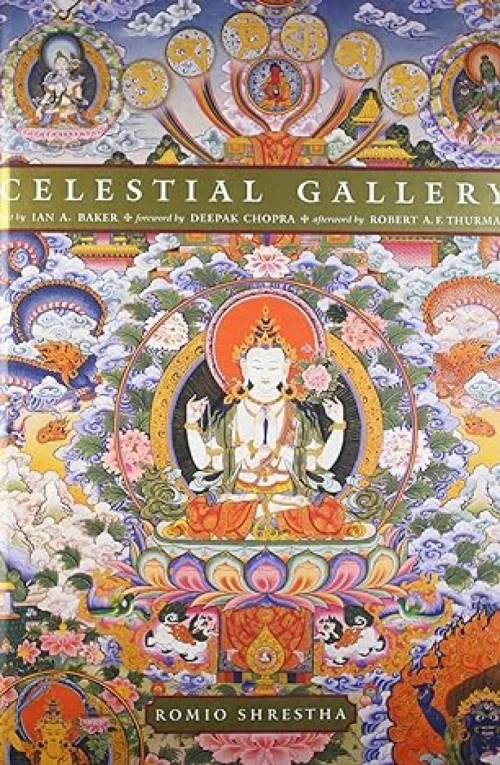The civilizations of Central, South, Southeast and East Asia have been influenced by Buddhism for more than two millennia. Each region had a unique method for creating statues of the Buddha, the Bodhisattvas, and many saints and protector deities.
The iconic image of the Buddha and his teachings as an impenetrable edifice is particularly significant. These buildings, known as Stupa in Sanskrit and Chörten in Tibetan, not only define the Newars' urban environment in the Kathmandu Valley. Additionally, they stud topographically significant locations, line the trails across high passes, and mark the entrance to Tibetan communities in northern Nepal. By the hundreds, they change the wild into a setting that offers safety, security, and well-being.
584 maps, architectural drawings, and photographs, produced from 1970 to 2008, document the rich cultural heritage of the Tibetan and Tamang enclaves along the range of the high Himalaya.









